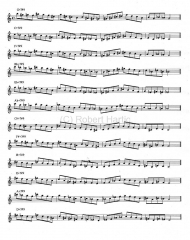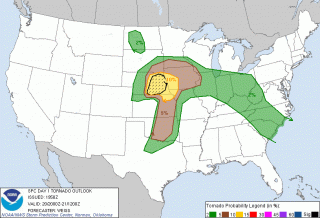The ridge that is setting up over the central and eastern CONUS looks like it’s intent on sticking around for a while. The GFS and Euro differ in the details, with the Euro painting a more meridional pattern farther out, but either way, high pressure not only is paying us a visit, but seems intent on securing long-term lodging. Lacking access to the full range of the ECMWF, I can’t compare it and the GFS beyond 168 hours. Beyond that time frame, though, the GFS doesn’t look pretty. Today’s 6Z run shows the ridge expanding and flattening out before ultimately retrograding and bringing in a cool-off in the Great Lakes sometime the week after next.
Until then, it looks like we’re in for some prolonged sweltering. With temperatures moving up into the nineties and dewpoints hitting the low to mid seventies, there are going to be a lot of air conditioners going full-tilt from the South through the heartland and eastward. If you’ve got a boat or easy access to the beach, you’re in business. Otherwise, with heat indices around 100 degrees forecast here in West Michigan for this coming week and probably on into the next, being outdoors is not going to be a pleasant experience unless sweating like a sprinkler system is your passion.
So much for my humble forecast. I’ll leave it to the NWS forecasters to paint in the daily details and will be glad for whatever popcorn cells bring a welcome shadow, a spate of rain, and brief coolness to the area. Today looks to be the first day of the warmup. From here on, things get nasty and tank tops will be de rigueur.




